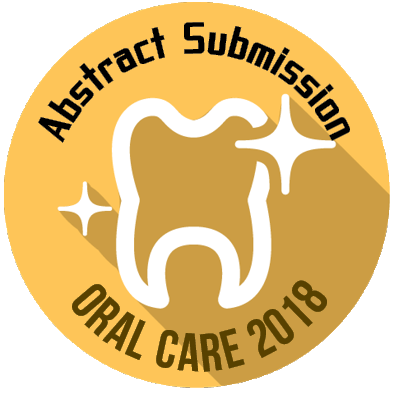
David Gillam
Barts and the London School of Medicine QMUL, UK
Title: Management of post-operative sensitivity following periodontal treatment
Biography
Biography: David Gillam
Abstract
Management of post-operative sensitivity following periodontal treatment
Post-operative sensitivity may occur following both non-surgical and surgical procedures. Other complications in the soft
tissues of the oral cavity have also been reported following treatment. Traditionally data has been collected on the prevalence
or incidence of root dentine hypersensitivity (RDH) or root sensitivity (RS) using pain scores such as a Visual Analogue Scale
(VAS) or Verbal Descriptors. These studies often evaluate the effects of professionally applied or recommended treatments such
as, desensitizing varnishes, prophylaxis polishing pastes etc or assessing the effectiveness of the various flap designs with or
without adjustive materials to cover exposed root surfaces resulting from the gingival recession. Relatively few studies assess
the effects of periodontal procedures on the quality of life of those individuals receiving these procedures. From the available
published data, there is some evidence that the discomfort experienced during both non-surgical and surgical procedures is
relatively mild and transient in nature. For example, several systematic reviews have reported that the reported prevalence of
RDH/RS is relatively high immediately following a non-surgical procedure with the reported discomfort gradually decreasing
within two weeks. A similar picture emerges following surgical periodontal procedures with the discomfort gradually
diminishing over an eight-week period. Currently, there are a plethora of both professionally applied and home use products
available for the management of post-operative sensitivity following periodontal procedures. This presentation will review
the available literature and provide information on the prevalence of the condition, its aetiology and causal factors, as well as
practical recommendations for the clinical management of the problem.

